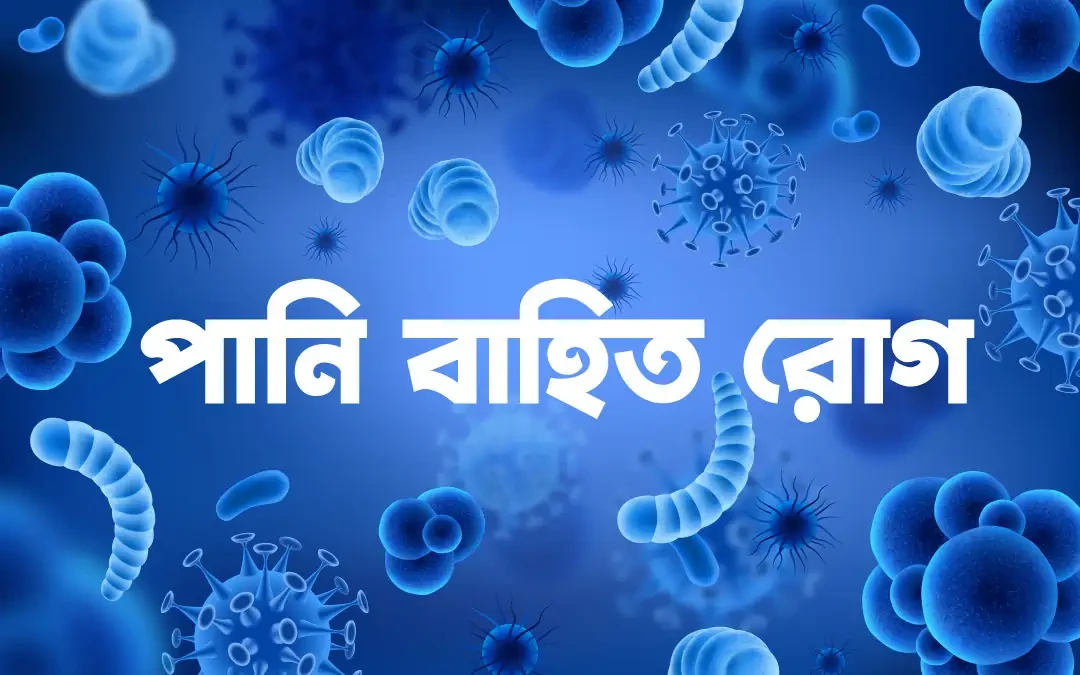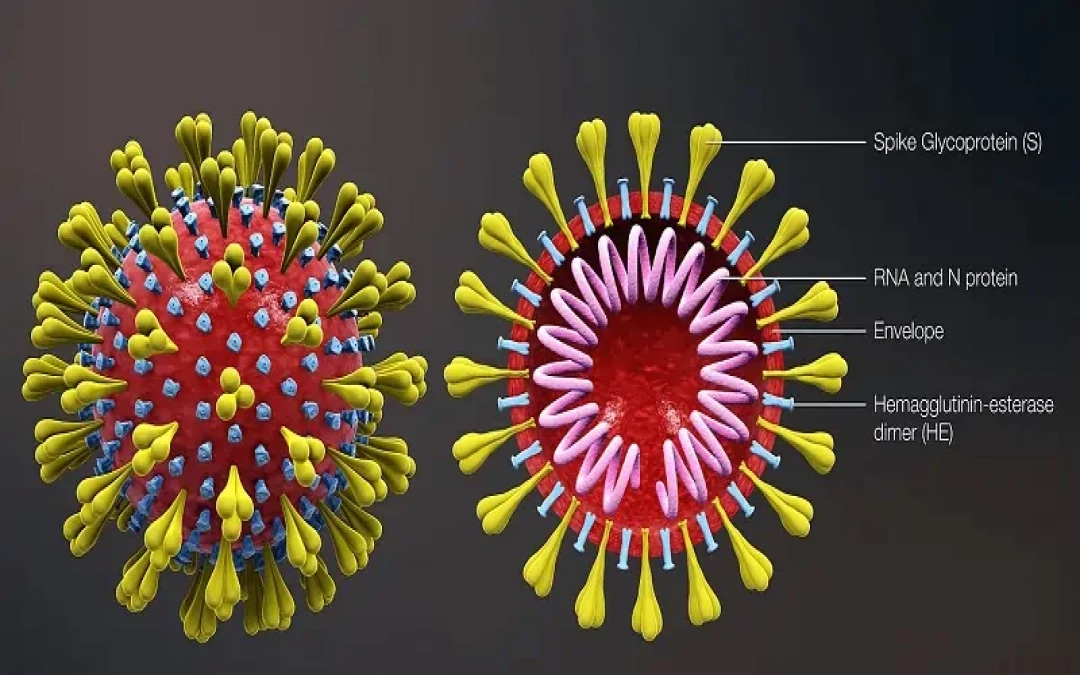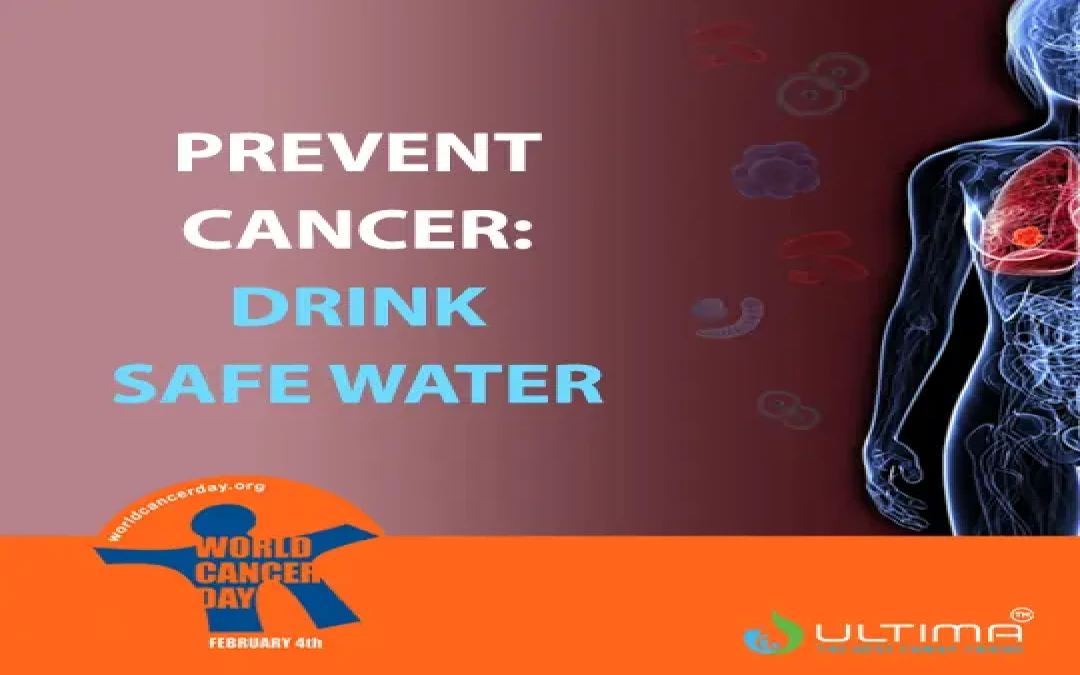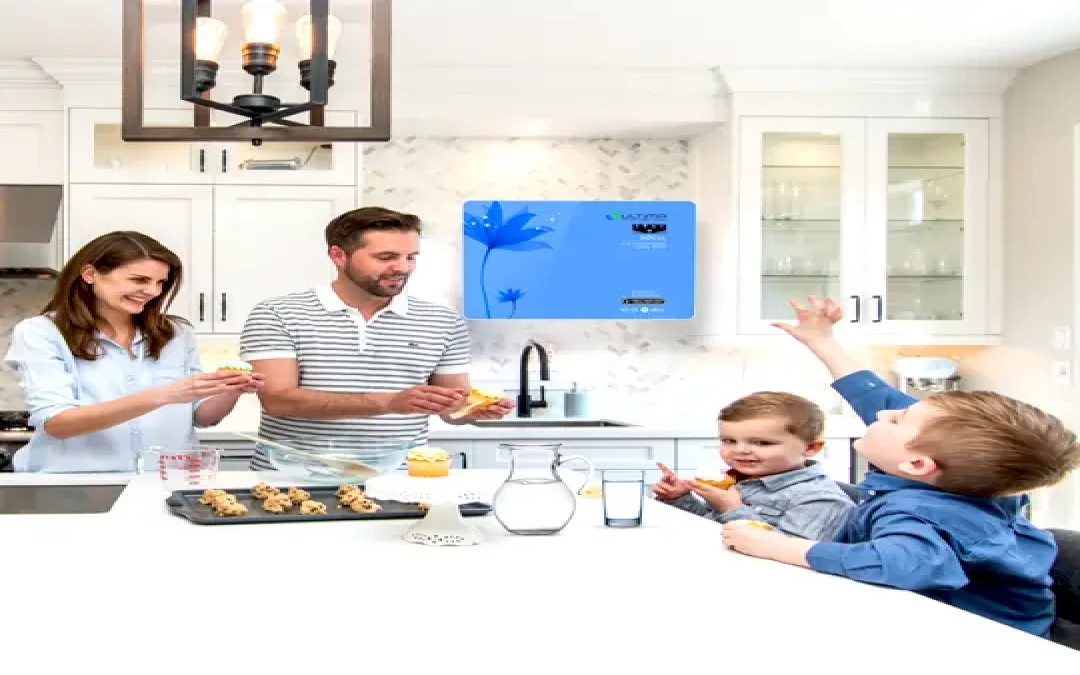Plastic Pollution is a Serious Threat to Environment and Human Health
Date: August 23, 2022, Category: Water & Health
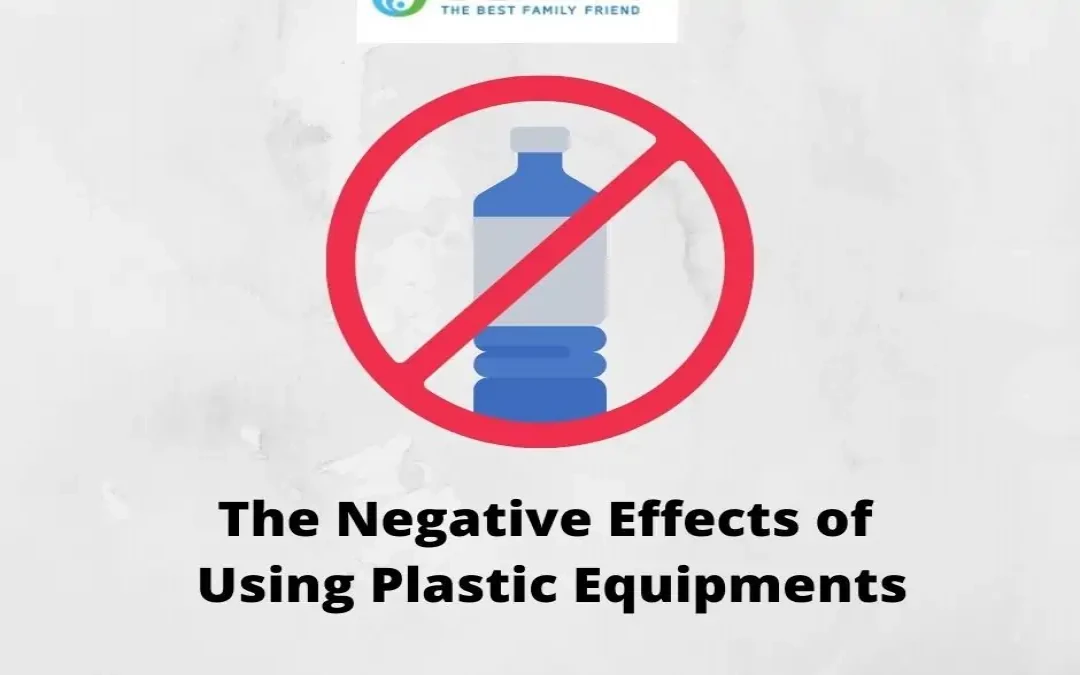
Plastics have changed our lives; it is the most common material which is used at home. Plastic pollution is a serious threat for the human being, wildlife as well environment. It has altered medication, decorated vehicles to jet planes as a consequence environments get polluted.
We cannot deny that there are some benefits of plastics because of its lightweight, cost-effective and resistance. But on the other hand, plastics negatively impact waters, wildlife and humans. The consequences of using plastics are widespread- and it has a long term impact on humans, wildlife and nature.
It is assumed that, by 2050, there will be more plastic than fish in the oceans.
Types of Plastics
Type 1- Polyethylene Terephthalate (PET or PETE or Polyester) or stomach plastic
Stomach plastic is normally used to prepare water bottles, juice, soft drinks, butter, salad dressing, vegetable oil, mouthwash, cosmetics etc. These plastics are much thinner and smooth. Stomach plastics do not have any harmful bacteria or thalates, but its use is used in antimony trioxide. The research said that the use of long-time heat is toxic antimony from the stomach bottle. So it is very important to keep these bottles away from high temperatures. Type 1 or stomach plastic is made for one-time use only.
Type 2- High-Density Polyethylene (HDPE)
The most used plastic in the world is polyethylene. High-thickness polyethylene produced using petroleum, a sort of resistant plastic. High-density polyethylene is used in opaque milk, grocery bag, shampoo bottles, juice container, medicine bottle etc. High-density polyethylene is moderately strong, peevish, irritable and ‘heat-prone’ in nature. It doesn’t contain destructive BPA or thalates. There is no realized wellbeing hazard for this kind of plastic use. In fact, some research has shown, if the sunlight is kept for a long time, then the nanalifenal is released from type 2 plastic to ultraviolet rays. Comparatively, type 1, type 2 plastics is considered safer for food and drink.
Type 3- Polyvinyl Chloride (PVC)
Toys, blister wrap, cling wrap, detergent bottles, loose-leaf binders, blood bags and medical tubing containers are prepared by Type 3 plastic called PVC- Polyvinyl Chloride. PVC or vinyl is the second most widely used plastic equipment in the world after polyethylene. In fact, the manufacture and disposal process of Polyvinyl Chloride (PVC) has been announced as the cause of serious environmental pollution issues and health risks as well.
Type 4 – Low-Density Polyethylene (LDPE)
Low-Density Polyethylene (LDPE) plastics are comparatively transparent and opaque; also it is flexible and rigid but fragile. These types of plastics are the easiest polymer chemical structure.
Various kinds of bags like grocery, dry cleaning, newspapers, bread, frozen food bags, garbage etc, hot & cold beverage cups, coatings for paper milk cartons and plastic wraps etc are prepared from Type 4 Plastics. It is also used for wire and cable covering. Unfortunately, Low-Density Polyethylene (LDPE) is quite difficult to be recycled.
Type 5 – Polypropylene (PP)
Polypropylene is normally strong and semi-transparent, high in heat and hydrophobic. These kinds of plastics are used for packing medicine, beverage, yoghurt, ketchup etc. Polypropylene isn’t completely recyclable also Polypropylene could cause asthma and hormone disruption in the human body.
Type 6 – Polystyrene (PS)
Polystyrene is widely used in making egg cartons, food containers, disposable cups and bowls, packaging, and also bike helmets. It is very risky for human health. Studies have shown that styrene is regarded as the brain and nervous system toxicant; it might also affect genes, liver, lungs, and immune system. Polystyrene has a very little rate of recycling.
Type 7 – Other
Type 7 is those plastics which Except for the type mentioned by number 1-6 and also that may be layered or mixed with other categories of plastics, such as bioplastics. Polycarbonate containers are made of BPA or bisphenol A. Due to its toxicity; several countries have banned the use of polycarbonate.
By considering the above categories of plastics we can say that Polyethylene Terephthalate is the best type of plastic for using food and water items. Ultima water purifier uses Polyethylene Terephthalate plastics to their purifier. That is why much safer and less harmful drinking water can be ensured.
Safety precautions when using plastic containers
We all know that Plastic pollution is a serious threat to our lives but if we are aware of these impacts can be reduced.
- Don’t use the microwave for drinks or foods in plastic containers or with plastic wrap the food regardless of the types and classifications of plastic are. The heat of the microwaves breaks down the plastics then it releases a chemical into the food or drinks of the containers.
- Packaging of plastics that have been used for the packing of takeaway food containers, detergents, water and soft drinks bottles etc should not reuse as they are one-time use only.
- Cell phones, glasses, remotes and other plastic objects keep away from children as these electronics are prepared of toxic chemicals also it may be treated as fire retardants.
- Hot liquids and cold liquids are not suitable to use in plastics containers. The toxic chemical can melt into these liquids.
- Before using any plastic containers read carefully the instructions of packaging labels. Single-use plastic using more than one time increases the risk of growing bacteria into the water or food.
Plastic pollution is a serious threat to human health
Look around and observe what amount of plastic can you see? Food, bottles, pens even your phone covers contain plastics, the list is unlimited. Although plastic pollution is a serious threat, plastic contamination on human health remains unknown to the majority of the people. Have you ever imagined that the negative effects of plastic pollution on our health are increasing day by day?
Toxic chemicals filter out of plastic and are found in the blood and tissue of almost all of us.
Microplastics are found in 114 marine species by researchers. Most of them in fact, one-third of these fish are eaten by humans. Every day, we are consuming more polluted seafood, this plastic pollution affects human health, even if these effects have not been discovered just yet.
Because of the poor waste management system, people frequently have no option but to burn their trash in the open space. This practice allows chemicals from plastic to easily enter the human body as we breathe normally.
There is no surprise that plastic pollution is a serious threat to human health, along with environmental impacts.
Several studies have found some causal links between plastic and problems of the human body’s systems. As a result, respiratory, cardiovascular, gastrointestinal and reproductive systems of the human body are affected. So, the health impacts are overwhelmingly huge. Diabetes, chronic, cancer and various immune diseases are just a few examples of many issues potentially caused by plastic and its harmful components.
Pregnant women and children are in a more vulnerable situation. For a pregnant mother, it is considered that such impacts on a developing fetus have been shown to increase the birth defects of the brain, heart, and/or spine.
Impact on Wildlife
Millions of wildlife die for plastics every year, from birds to fish to other ocean organisms. Nearly 700 species, including rare ones, are known to have been affected by plastics. Most of the seabird eats plastics.
It is difficult to retrieve plastic waste once it is thrown in the ocean. But once plastics have been broken down into microplastics and mixed throughout the deep water in the vast ocean, they are almost impossible to recover. Plastic pollution is a serious threat to wildlife. A human can understand but animals don’t. According to research, there are 51 trillion pieces of plastic that are stored in the ocean. These plastics are deadly hazards that animals need to avoid.
Plastic is very dangerous for wildlife because they eat it or mistakenly feed to their children. Sometimes they get stuck into the plastic or plastic fibre and don’t find any chance to overcome it. Even plankton, the smallest creatures in our oceans, are getting microplastics and absorbing their harmful chemicals. Unlike humans, animals cannot identify plastic from “digestible” materials. Looks, smells, tastes or behaves like food that drives animals to eat plastics. The more use of plastics is taken place the wildlife will be affected increasingly.
Many of the ocean creatures are entrapping, encircling or constricting by plastic debris. Entanglement cases have been found for at least 344 species of marine animal including all marine turtle species, over two-thirds of seal species, one-third of whale species, and one-quarter of seabirds. 89 species of fish and 92 species of invertebrates have also been recorded for Entanglement. Plastic rope and netting and abandoned fishing gear is the most common entanglement. Plastic pollution is a serious threat, but there is no way to except reducing plastic pollution.
Impact on the Environment
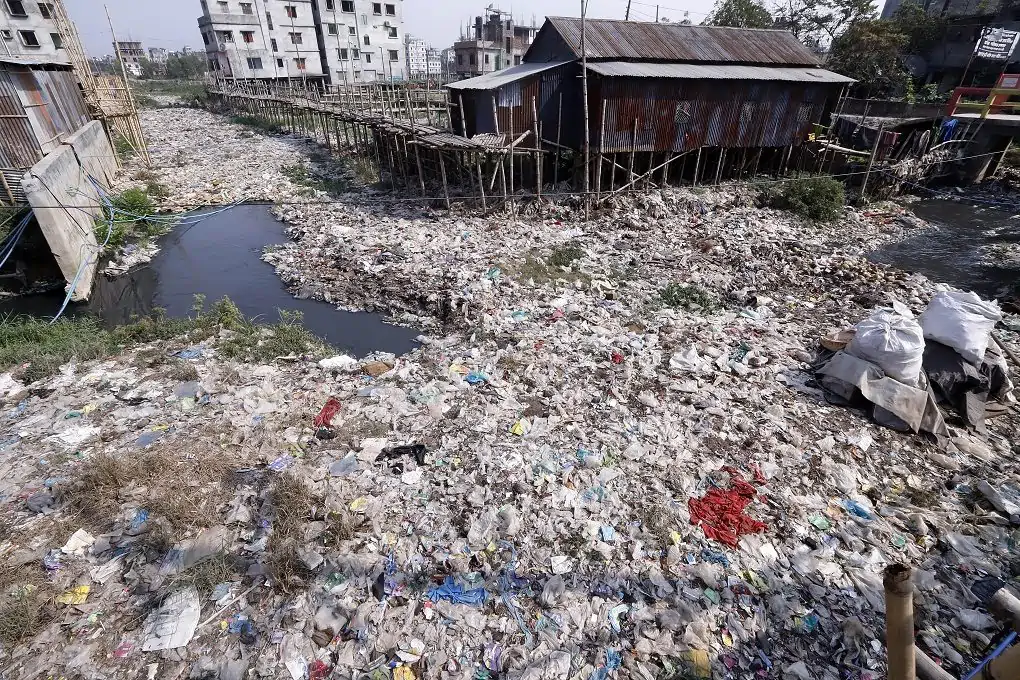
A one time used plastic can be used for only 15 minutes but it can take 450 years or more to vanish from land or water. Billions of plastics are thrown away to the environment and only 8 per cent gets recycled. The rest of these ends up in landfills, burned or becomes wastes of nature. Everything suffers tourism, recreation, business, the health of humans, animals, fish and birds—because of plastic pollution. The financial damage continuously being inflicted is inestimable. Obviously, plastic pollution is a serious threat to environments.
According to a report, in 2019, production and burning of plastic have generated 850 million tonnes of carbon dioxide. It is predicted that in the current trend, annual emissions from plastics will grow to 1.34 billion tones by 2030. In human word related and private condition, plastic items are available in enormous volume. Contamination by plastics and plastic items can harm and pollute the earthbound condition and can be accordingly moved to the sea-going condition.
Duties to overcome plastic pollution
Plastic pollution is a serious threat so there is no alternative to reducing plastic pollution. Plastics are dominating in our everyday life. We don’t have enough options to avoid plastics from our daily life. But there are some suggestions which can be reduced plastic pollution. 5R is an effective way to mitigate plastic pollution; these are Reduce, Reuse, Refuse, Remove, Recycle and Rally.
Reduce
We should reduce the amount of plastic waste. Most of the time it is true that one time plastics have an alternative solution. Still, wood, pottery can be an ideal alternative of plastics equipment.
Reuse
To avoid using single-use plastic equipment it can be a good alternative of using reusable plastics materials. Those plastics have long validity that can reuse frequently to avoid plastic pollution. Bring a reusable container to a restaurant or other essential area with you when you expect to have plastics.
Refuse
Sometimes you have to refuse plastics in restaurants as well as family. Request them to provide alternatives for plastics.
Remove
Removing trash from your surroundings and environments can protect the wildlife and environments from plastic pollutions.
Recycle
There are some plastics which need can easily be recycled. We should recycle those plastics which we do not need to use any longer.
Single-use water bottles vs water purifier
A large number of people use single-use water bottles and invisible satisfaction grow in their mind for having safe water. In fact, the water might safe enough but bottles might not safe. Therefore, before purchasing water both bottles and water safety need to be ensured. Furthermore, the single-use bottles have some huge environmental effects which we have discussed earlier.
One 2018 study, There were 11 global brands of bottled water had tested from 9 of the different countries. The research showed that 93% of the bottled water contains microplastics. The research didn’t say that all the plastic water is contaminated but a large number of companies can not ensure safe water quality. Everybody has come to terms that plastic pollution is a serious threat to the world, but very few people make themselves conscious.
On the other hand quality water purifier which ensures reserve osmosis (RO) system is better than the bottled water. The reason behind it reserve osmosis (RO) system uses food grade plastic of PET or PETE or Polyester. It also ensures airproof water tank so that germ can not grow from water. Ultima water purifier with reserve osmosis (RO) system ensures the best quality for water purification.
Ultima Water Purifier uses 6-8 steps to purify water. Ultra Filtration, Reserve Osmosis, Ultra Violet ensures 100% safe water. The important thing is these kinds of water purification process do not cause plastic pollution. That is why 100% safe water and pollution-free environment can be ensured.
Conclusion
Nowadays plastics become a common material to use our everyday equipment. We don’t have enough options to avoid plastics from our daily life. But we can reduce the uses of plastics. It is clear that most of the plastics we use are for one time. These plastics gradually grow a huge amount of wastage. As a result, the environment, wildlife and humans are affected. Plastic pollution is a serious threat, therefore the Governments across the world need to take some effective steps.
We can recycle plastics for reuse. Otherwise, the use of plastics will pollute the environment. Common questions arise in our mind: how can we avoid plastics in food items? The answer is there is no chance to avoid plastics instantly, but we can use food-grade plastic which is not much harmer for our health.

